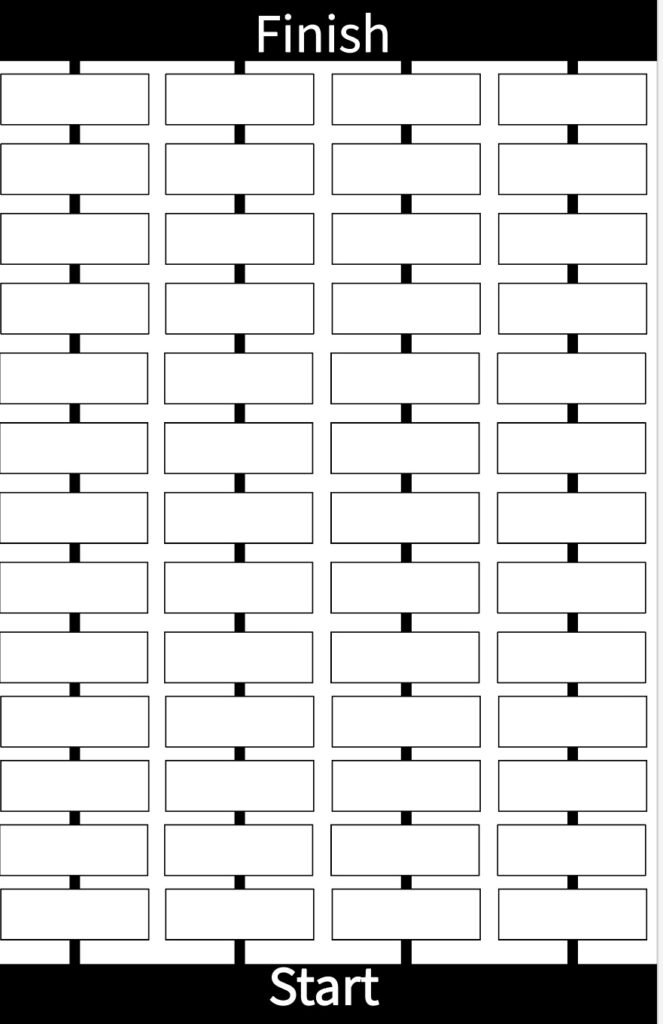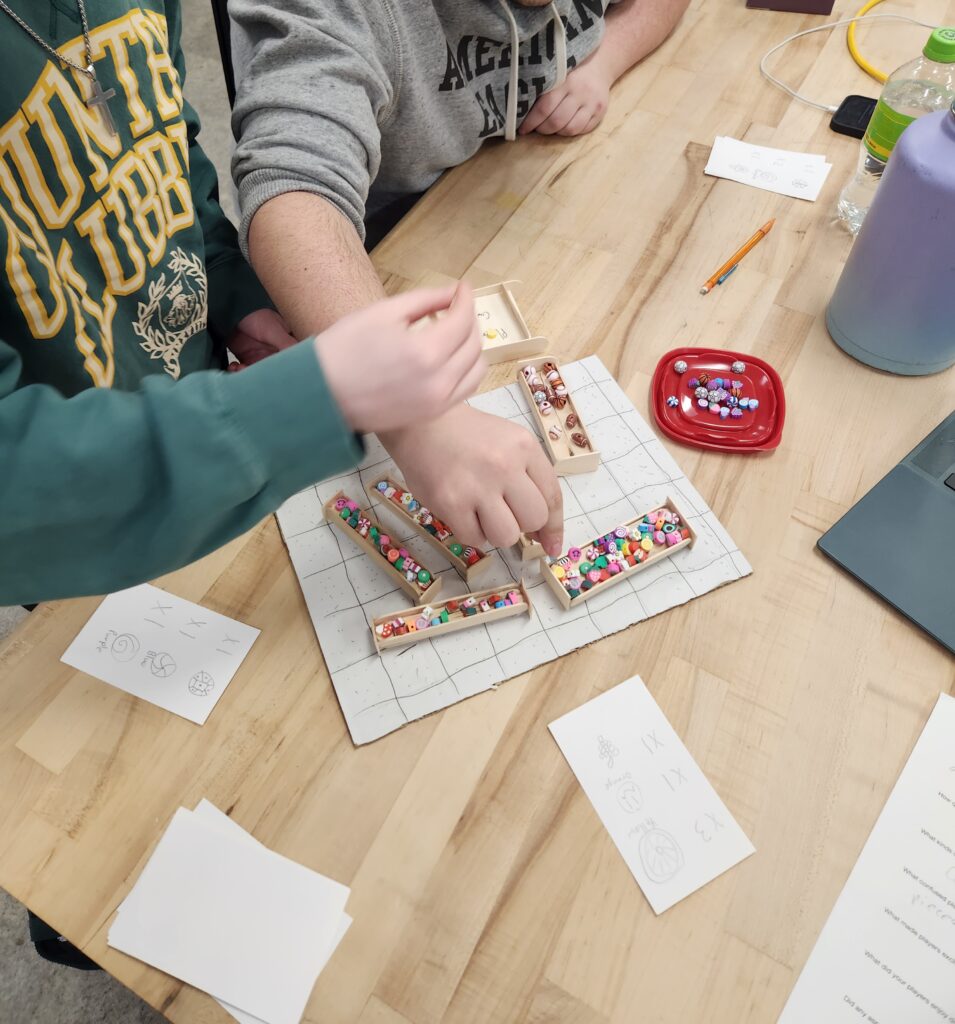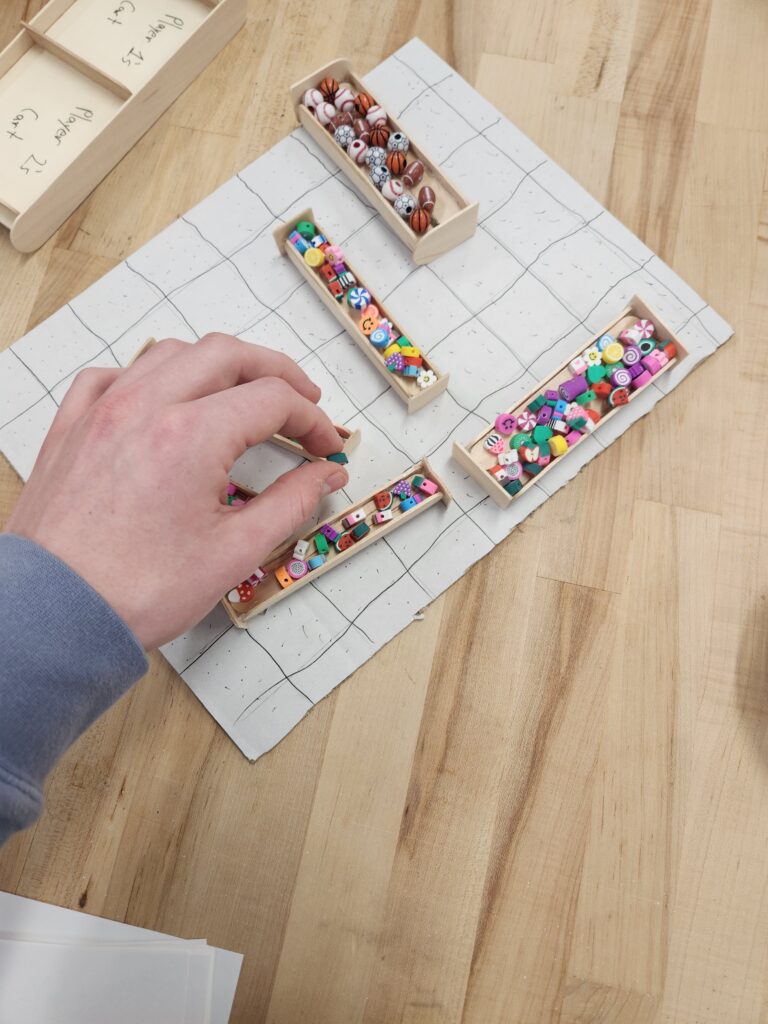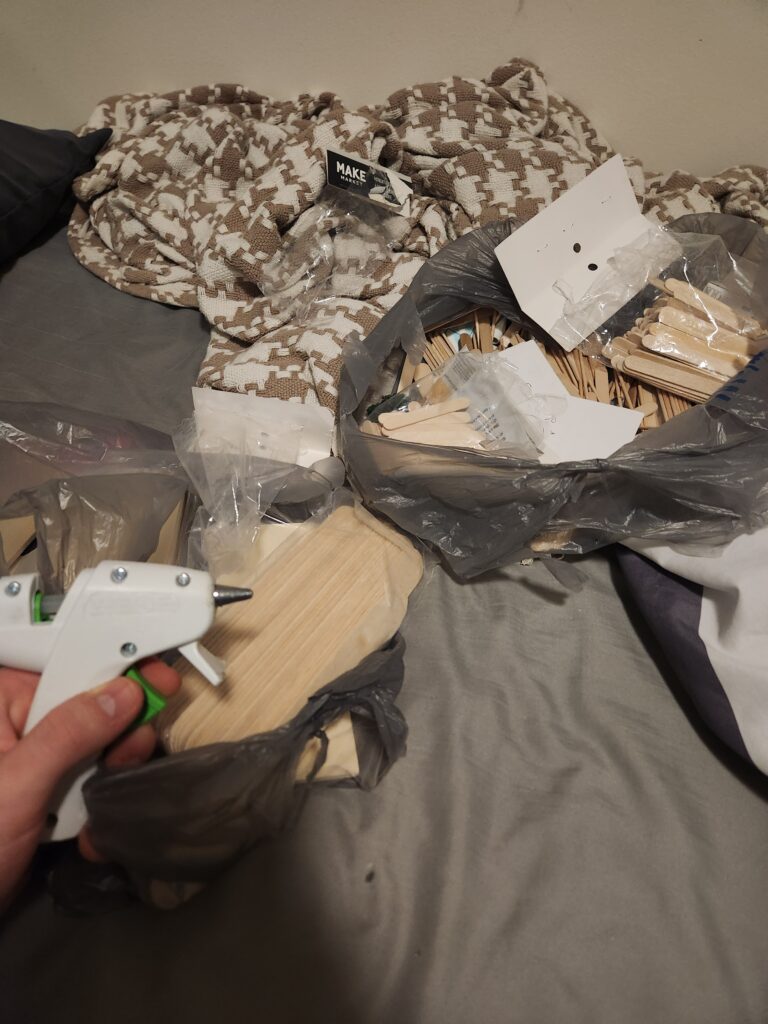Full Spectrum Warrior: As a person who doesn’t play shooter games, I think for its time, FSW is a really interesting and involved way to resolve a need for team cooperation and basic army tasks, such as how they move from different spaces and focus on the whole teams lives, rather than the comparison of (at least what I know) about games like Call of Duty, where it’s every man for himself. Giving a whole review on graphics and implications seems a bit unfair due to the judgment of time and what we have in terms of quality today. However, for 2004, the graphics and mechanics are top tier. I hope those who were made to play it enjoyed the experience, even though a realistic game about war isn’t exactly what I would consider fun.
SIMULATION GAMES: (Personal)
Stardew Valley: Though many wouldn’t first consider Stardew Valley to be a simulation game, this game has a super special place in my literal SOUL. I can NOT recommend this game enough for anyone, because it just brings so much comfort and joy in a way games like Animal Crossing and Sims could otherwise not. To explain the game briefly, players begin the game as a worker in a corporate office job, they are feeling really dissatisfied with life and want to experience something more. SO (skipping a lot of details) players inherit their grandfather’s farm and must begin bringing life back to what the farm once was. This game goes on luck, income, spending, and other factors like farming, fishing, mining, and combat. It is a really sweet game, and a lot of hardcore fans will go into depth on how to play and what to do, but really the game just takes a little googling, and some relaxing!
Surgeon Simulator: I think for many of us, this was our first experience with a straightforward “Simulation Game” as many Youtubers at the time tried the game out, long before many of us could play it. The game wasn’t so much focused on being a “perfect surgeon” but more a humorous view on how poorly things can go so quickly.







